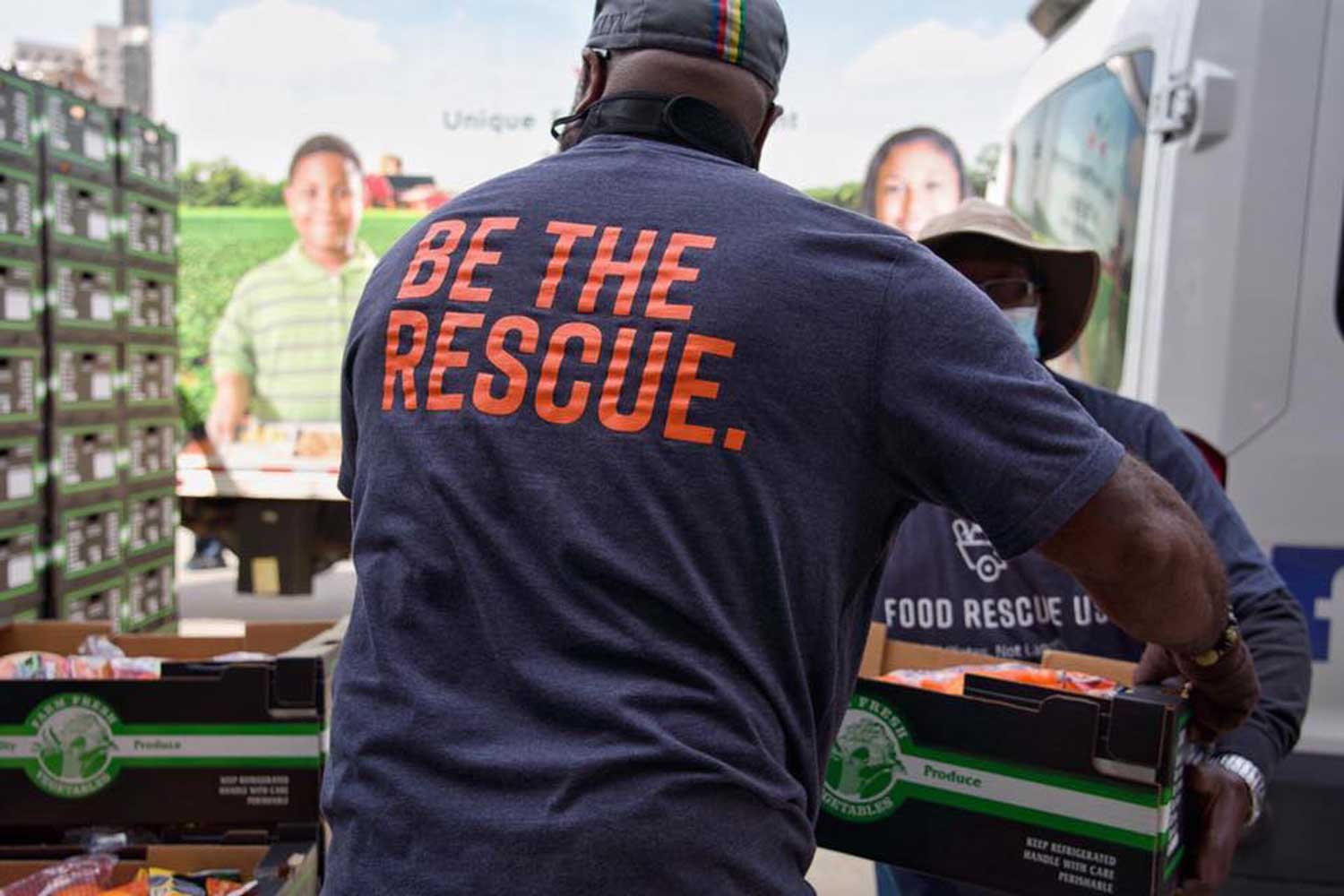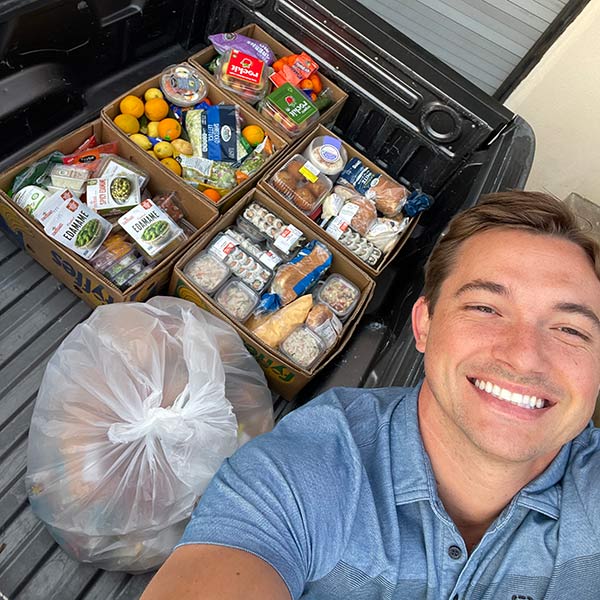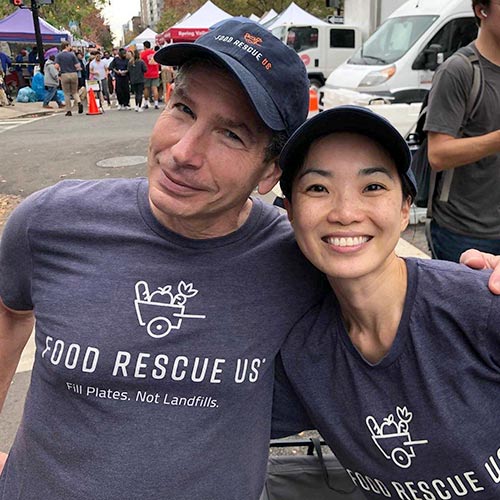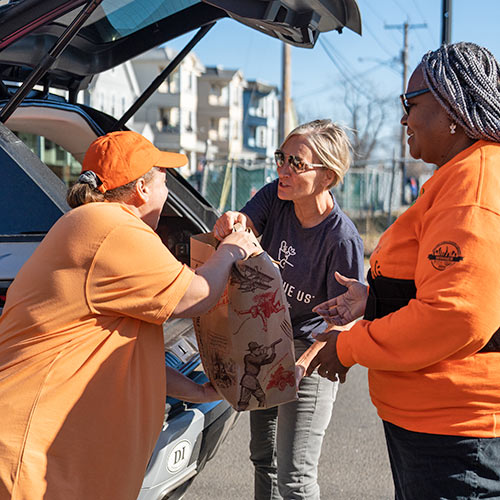Frequently Asked Questions
About Food Rescue US
About Food Rescue US
Need More Help?
For any further questions, please email info@foodrescue.us.
For immediate assistance, please contact your local Site Director. Full contact information for all Site Directors can be found here.
Being A Food Donor
We rescue small to large amounts of food from an array of food donors including bakeries, restaurants, grocery stores, caterers, farmer’s markets, corporate cafeterias, schools, hotels, convention centers, farms, and more.
To register as a food donor, contact your local Site Director. A list of our locations and contact information for our Site Directors is available on our website. For any additional questions, please email info@foodrescue.us.
Food donations are tax-deductible. Food donors are responsible for tracking their food donations.
No. The Bill Emerson Good Samaritan Act passed into law by Congress in 1997 states that donors are protected from both civil and criminal liability when donating food in good faith to a non-profit organization even if the donated food later causes harm to a recipient. This law was created to encourage the donation of food and grocery products.
To access the Federal Bill Emerson Good Samaritan Food Donation Act, click here:
https://www.law.cornell.edu/uscode/text/42/1791
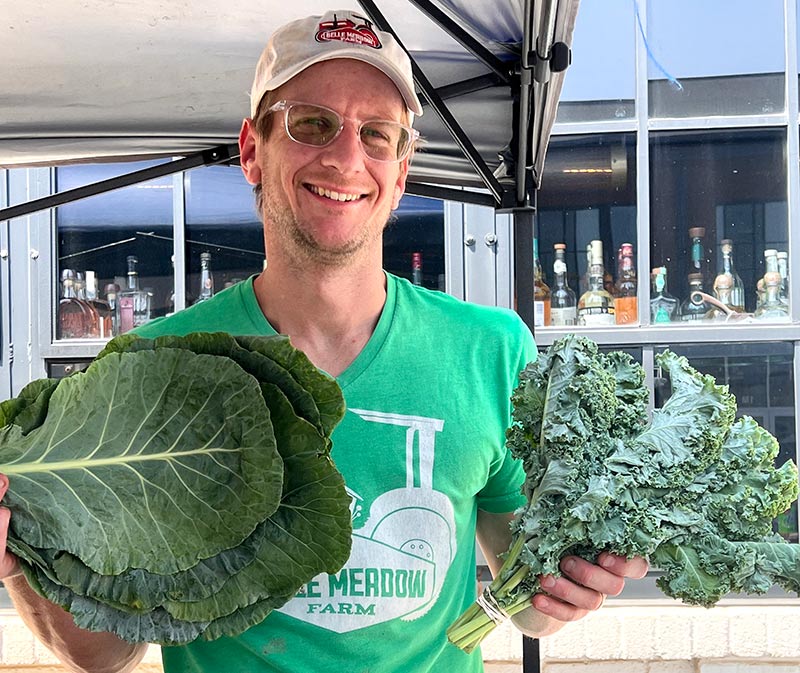
Who Gets The Food?
Food Rescue US delivers food to local social service agencies that serve food insecure individuals and families. Our agency partners include community soup kitchens, food pantries, shelters, and other hunger relief organizations. Food Rescue US serves people of all ages, genders, and ethnicities that are economically disadvantaged and food insecure.
To become a social service agency partner, contact your local Site Director. A list of our locations and contact information for our Site Directors is available on our website foodrescue.us/sites. For further questions, please contact us at info@foodrescue.us.
Safety
Yes. The Bill Emerson Good Samaritan Act passed into law by Congress in 1997 states that donors are protected from both civil and criminal liability when donating food in good faith to a non-profit organization even if the donated food later causes harm to a recipient. This law was created to encourage the donation of food and grocery products.
The original enactment in 1990 of the Model Good Samaritan Food Donation Act by Congress (Title IV of the National and Community Service Act) was later amended and signed into law on October 1, 1996 by President Bill Clinton as the Bill Emerson Good Samaritan Food Donation Act (“Food Donation Act”).
The Food Donation Act supports and encourages the donation of food and grocery product by:
- Protecting food donors from any civil or criminal liability when donating food in good faith to a non-profit organization for the distribution to needy individuals.
- Protecting non-profit organizations from civil or criminal liability arising from a good faith donation for distribution to needy individuals.
- Protecting good faith donations from any liability arising from “the nature, age, packaging, or condition of apparently wholesome food or an apparently fit grocery product” even if the food “may not be readily marketable due to appearance, age, freshness, grade, size, surplus, or other conditions.”
To access the Federal Bill Emerson Good Samaritan Food Donation Act, click here: https://www.law.cornell.edu/uscode/text/42/1791
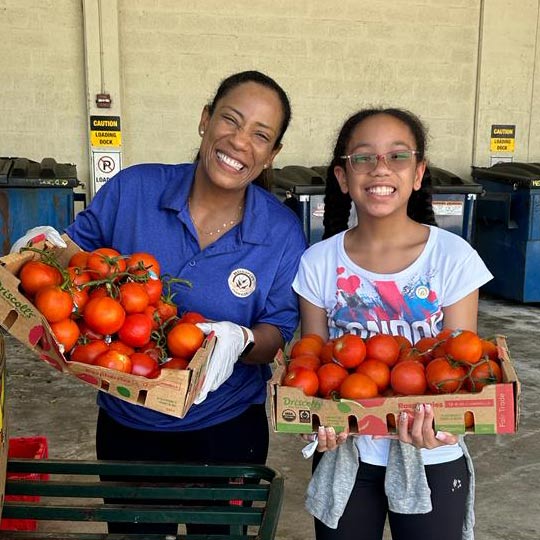
BEING A FOOD RESCUER
- Sign up through this link and create your account.
- View the available rescues and pick one that fits your schedule.
- Arrive at the local food donor at the date and time you selected and follow the directions in the app.
- Drive the food to the social service agency listed on the platform and see the impact of your volunteer time!
For volunteers interested in supporting a location that is not listed above, please visit our Launch a Site page to learn about the possibility of bringing Food Rescue US to your community.
Nope. Our app is designed to be user-friendly and has a comprehensive tutorial to answer any questions.
Yes. Food Rescue US rescues food seven days a week, 365 days a week. Hunger does not take a day off.
The average food rescue takes approximately 30 minutes. Our food rescues are designed to be convenient for rescuers and quick so that the food spends minimal time in transport.
The beauty of volunteering with Food Rescue US is that volunteers can select the schedule that works for them. Some of our volunteers rescue food several times each week while others rescue food sporadically throughout the year as it fits into their schedule.
No. Our food rescues vary in size so you can choose the ones that work best for you. The scheduling information within our software gives you all the details about the anticipated amount of food you’ll be rescuing.
There may be small rescues that would be perfect for pick-up by bike. If this is something that is of interest to you, please contact your local Site Director directly.
Absolutely. Every food rescue on the schedule lists complete details including the address of the food donor and the social service agency, the amount of food you will be rescuing, and any particulars about the rescue that are helpful for you to know.
Yes. Food Rescue US works with food donors and social service agencies to be sure there is ample parking for the volunteer food rescuer.
Sometimes. One of our goals is to make the rescue and delivery of food as seamless as possible for the food donors and social service agencies. We understand that their priority must be to run their businesses and organizations without distraction, so we try to make the amount of food reasonable for volunteers to manage themselves.
Food will typically be packaged in either cardboard cartons or aluminum trays, depending on the type of food being donated.
If there’s too much food, take what you can. If you have time to do two trips, that’s fantastic but if not, simply contact the Site Director and let them know.
Yes, many volunteers do food rescues as a family.
Each of our geographic locations has a Site Director who can help you at any time with questions. Their names and phone numbers are listed by location on our website foodrescue.us/sites. In addition, our national office is available at 800-280-3298.
We understand that things come up and have made it easy to cancel a rescue right on our app. We ask that you please give as much notice as possible so that we can find someone else to complete the food rescue.
Yes! We encourage volunteers to adopt a weekly rescue so it becomes part of their schedule. And there’s always someone to cover for you if you’re periodically not available.
